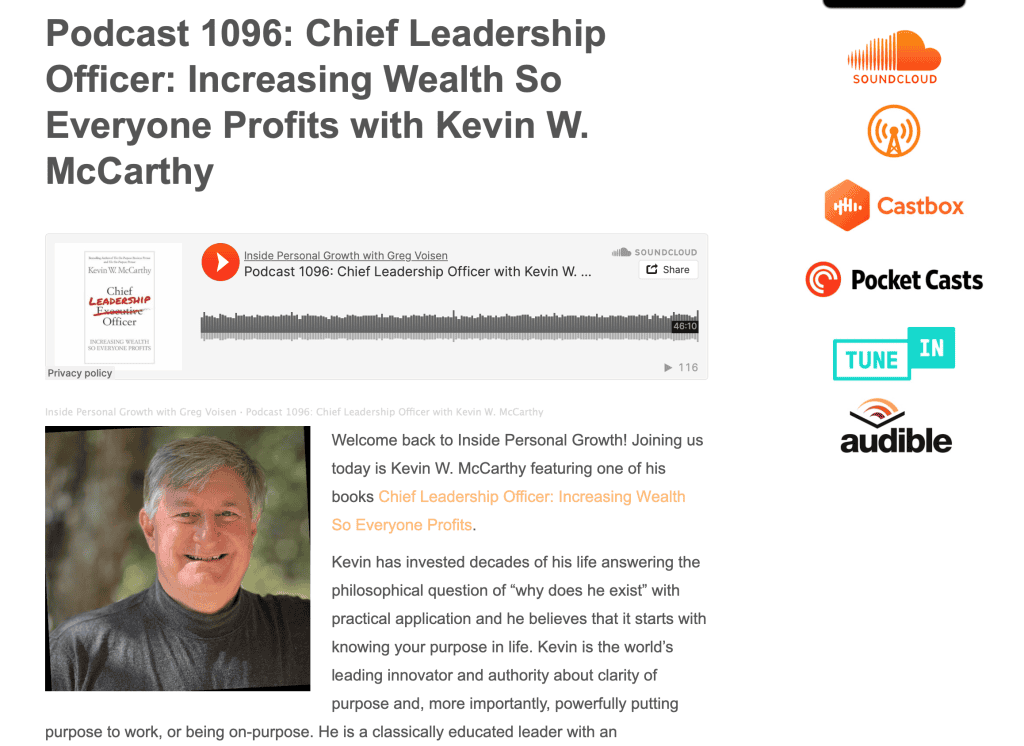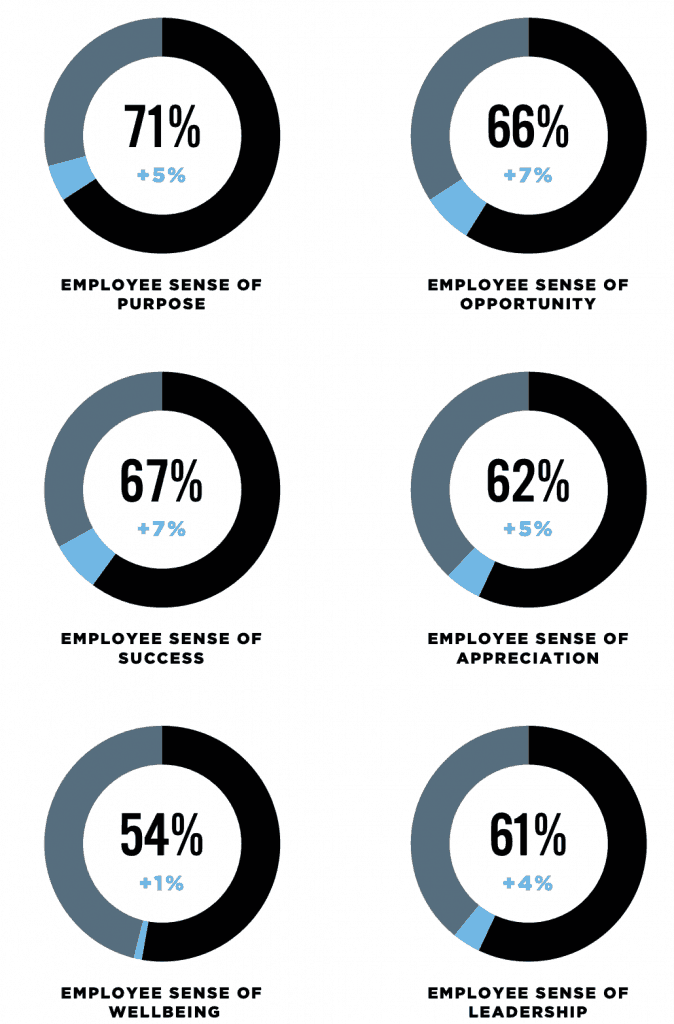The underlying premise of the Chief Leadership Officer book is the CEO system of business management is increasingly obsolete and toxic to people and society. Unfortunately, the deficient CEO mindset and methods dominate the business landscape with a corrupting impact on the purity of capitalism to improve the world. Worse, the societal response is to turn to the government to regulate private sector activities with an eroding effect on all our freedoms. Can you say socialism?
How did it come to this? If you’ve read The On-Purpose Business Person (1988), you may recall “The Old Man” is Fred Taylor and he dies. I chose this name because of Frederick Winslow Taylor, author of The Principles of Scientific Management (1911),akaTaylorism. Taylor is best known for doing time-motion studies of factory workers at Middle Steel Works.
He, however, achieved far more than that in business and life. He is the father of industrial engineering, management consulting, and training. Taylor was an accomplished golfer and champion tennis player. To his credit, his ways sped up the Industrial Age and ensuing growth and prosperity of the United States.

For all the good Taylor did, he also sowed foul seeds of what we are reaping today in Corporate America and society. Namely, the dehumanization of people in the pursuit of productivity in the holy name of shareholder profits and C-suite compensation.
In his time, Taylor’s “scientific method” and relationship were central to the founding of the first three U.S. graduate business schools: Tuck School of Business at Dartmouth, Wharton at the University of Pennsylvania, and The Harvard Business School. Taylor’s planning and patterns are baked into the curriculum DNA of our business schools and MBA programs. He set the stage for the 1950s’ emergence of the role of a Chief Executive Officer to myopically preside over business results out of context from societal impact.
Despite his management genius, in his book he openly debases personally and vocationally certain classes of people. Because Taylor equates people to units of production — not unlike assets to be bought and sold like iron or coal or slaves (slavery was abolished when Taylor was nine years old) — companies today still use the pejorative term “Human Resources.”
Sadly, we business people have lost our way. Since the 1950s, generations have grown up only in the CEO system. When writing The On-Purpose Business Person, I foresaw the need to kill off Fred Taylor’s twisted view of people as assets and to replace it with the moral imperative of human dignity codified in the U.S. Constitution.
Assets such as machines, equipment, livestock, and raw materials have a physical purpose. People, however, have a spiritual purpose. Taylor erroneously equated the two as equal and set in motion over a century of human objectification resulting in management-labor unrest and workaholism tied to an identity crisis as adults mistakenly see their work as their source of meaning. When “I owe my soul to the company store,” is it any wonder an epidemic of anxiety persists?
Taylorism is alive and well today. When you hear a CEO say, “People are our greatest asset,” or you hear team members referred to as “human capital” or an entire department called “Human Resources,” the management team and company by design or by default are invested in a systematic sacrifice of souls at the altar of the corporation.
Doubt me? Ask John Henry. Why do you think that song of the working man was so popular?
Chief Leadership Officers (CLOs) treat people as people, period.They are stewardship-leaders who integrate the best business and operational practices with human dignity to be increasing wealth so everyone profits. In the coming weeks, you’ll learn more about making the CEO-to-CLO transition. I dare you to keep reading.
Let the Business Reformation Begin!
Kevin




